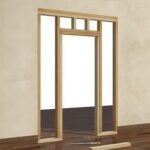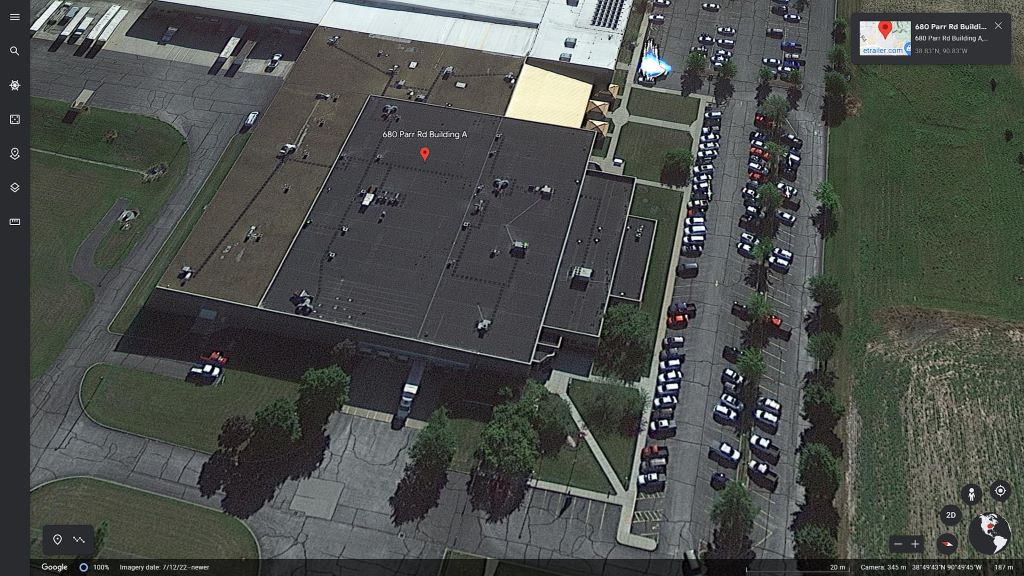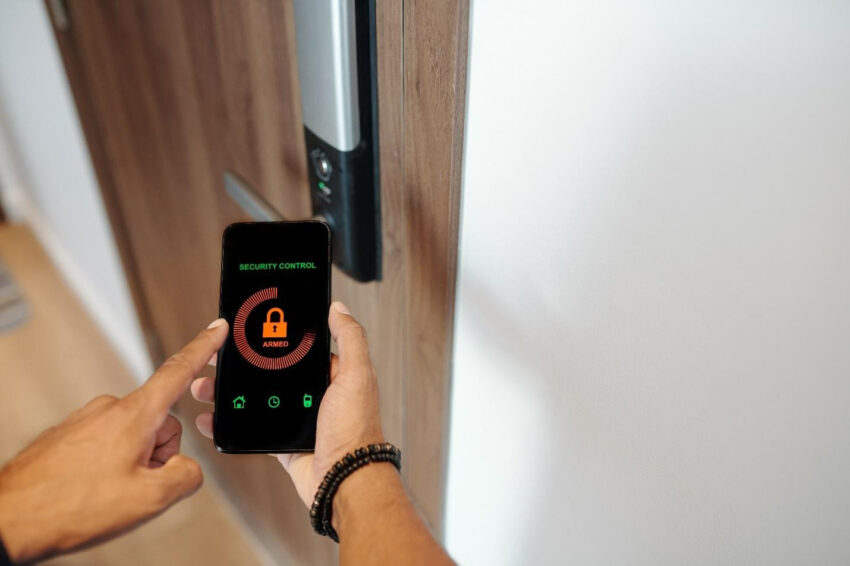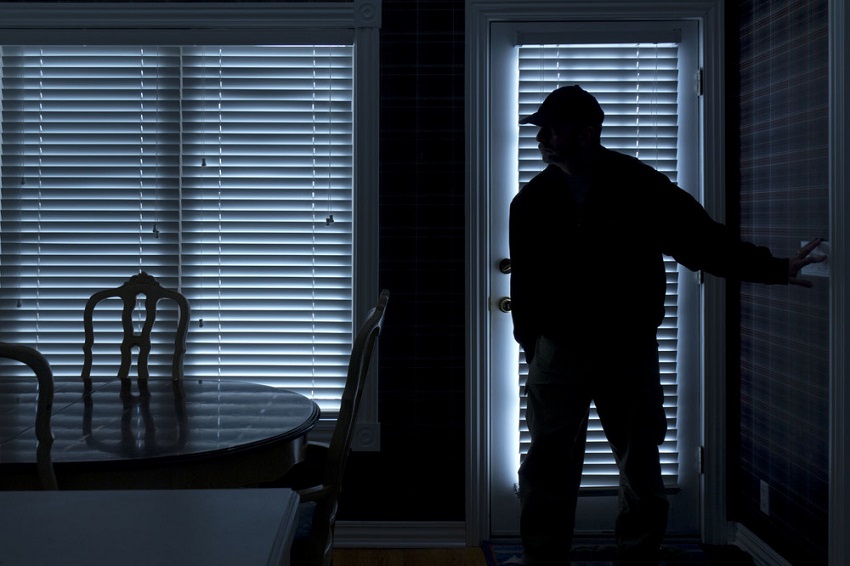Your home is your castle—where you want to feel the most comfortable and secure. But with the tricks that thieves use nowadays, it can sometimes seem impossible to get Fort Knox-level protection. Well, we’re here to tell you it IS possible if you take the right steps. We’ll walk you through everything—from giving your doors and windows a security makeover to setting up a high-tech surveillance system that would make secret agents jealous. Arm yourself with superior home protection intel, and you’ll send the bad guys packing!
Step 1: Outfit Your Doors and Windows with Serious Security Hardware
Burglars look for easy opportunities, so make it as difficult as possible for them to get in through doors and windows. Upgrade to reinforced strike plates secured with 3-inch screws—that’ll stop intruders from simply kicking down your door. Install four-screw hinges too for extra strength.
And dress up your windows with dual cylinder locks, laminated glass to prevent shattering, and metal security screens. While you’re at it, prune any trees or bushes near entries—you don’t want anything giving burglars a place to hide while planning their break-in!

Step 2: Deter Intruders with a Monitored Home Security System
A good home security system does double duty—it detects intruders AND scares them away before they even set foot inside. Look for an alarm system that’s professionally monitored 24/7. That way if an alarm is triggered, a monitoring center can dispatch police right away.
Monitored systems also inform the monitoring center if the alarm is turned off without authorization—a sign of intruders forcing their way in. Install motion detectors both inside and outside your home, as well as smoke and carbon monoxide detectors. And make sure your control panel includes panic buttons you can hit if there’s immediate danger. Most monitoring services only run $30-$50 a month—well worth it for serious superior home protection!
Step 3: Set Up a Webcam Surveillance Network with Facial Recognition
Home security cameras provide an extra set of eyes on every part of your property. Get wide-angle outdoor cameras to monitor driveways, walkways, patios, and yards. Place indoor cameras in main living areas and entries. Opt for wired over wireless cameras—they don’t require batteries or electrical outlets, meaning longer operation if power goes out.
Make sure cameras provide sharp high-res recording even in low light. And take it to the next level with facial recognition technology. If a stranger steps foot on your property, you’ll get an instant alert—and high-quality face shots to provide police. With an advanced surveillance network in place, crooks won’t stand chance!
Step 4: Fortify All Entry Points from Garage to Gates
While doors and windows typically get priority, don’t forget about other entry points. Toughen up your garage door with automatic openers and side locks to prevent forced entry. Install exterior lighting around ALL entrances—armed robbers hate bright lights.
Construct fences, walls, and electronic driveway gates to control access to your property. Make sure backyard sheds and storage units feature high-security locks too. Eliminating weak spots around the perimeter ensures there’s no easy access for unsavory visitors.
Step 5: Create a Visible Deterrent with Security Signage
Sometimes, just the appearance of security is enough to stop criminals. Most prominent signage advertising your home’s protection systems—this subtly warns intruders they’re being recorded and police are on the way.
Use signs indicating your home is protected by 24-hour monitoring service; security cameras are in use; doors and windows are alarmed; pets are on-premises, etc. While not a replacement for security measures, signs act as an extra safeguard to make baddies think twice.
Step 6: Know Your Neighbors to Strengthen Community Safety
Superior home protection extends beyond your four walls—it’s also about building a secure neighborhood. When residents band together and watch out for each other, blocks stay safer. Introduce yourself to neighbors and swap contact info. Maintain strong communication channels through email, messaging, and even social media groups.
Report suspicious vehicles and activities happening around homes. And establish a neighborhood watch program where residents patrolling the area keep an eye out for criminal behavior. Looking out for each other helps prevent crime!
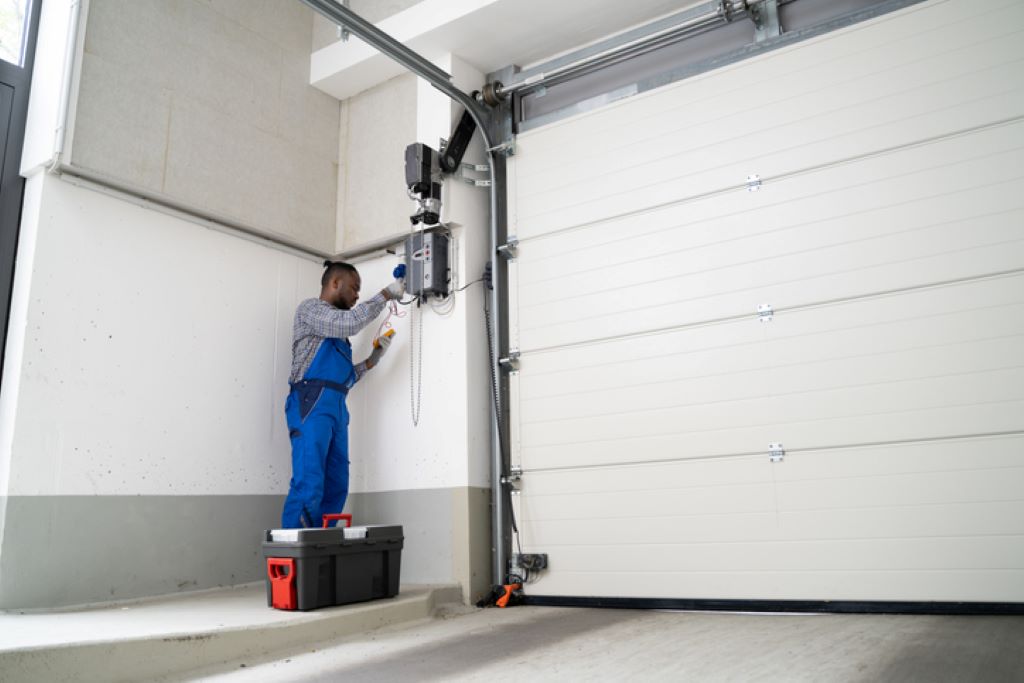
Step 7: Store Home Records/Valuables Off-Site for Added Protection
Fires, floods and other home disasters can destroy important documents and priceless valuables. Don’t store essential items together in one location. Move irreplaceable home records, cherished heirlooms and expensive collections off-site to safe deposit boxes. Back up digital photos/videos, legal documents, medical info, etc. using cloud storage services.
Create a home inventory documenting possessions—including photos, descriptions, and serial numbers—and keep inventory copies in multiple secure locations. Off-site storage offers an extra layer of protection you’ll appreciate if catastrophe strikes.
Step 8: Review Home Insurance Regularly to Safeguard Your Assets
While security systems and preventative measures provide strong defenses, adequate home insurance gives you confidence NO MATTER what might happen. Meet annually with your insurance agent to ensure appropriate dwelling and content coverage.
Increase limits if you’ve made major upgrades or acquired expensive possessions. Incorporate added coverage like flood, earthquake and specialty equipment. Document home improvements with photos/receipts for easier claims processing. Careful insurance reviews help guarantee you’ve got every angle covered.
FAQs
What’s the most cost-effective way to protect my home?
Start with the basics: reinforce door and window locks, install outdoor lighting, prune landscaping, get to know neighbors, etc. These relatively inexpensive tactics still give decent security. Then, build upon that foundation with systems like monitored alarms, security cameras and routine insurance reviews. Focus first on proven lower-cost methods before investing in pricier protection.
Should I get wireless or hardwired home security cameras?
Hardwired security cameras are vastly superior. While wireless cameras are simpler to install, they rely on battery and WiFi—meaning they’ll fail if power goes out or connectivity gets disrupted. Hardwired systems don’t need power outlets or batteries and keep recording even during outages. Though installation takes more effort, hardwiring cameras guarantee the most robust surveillance possible.
What factors determine the cost of home security systems?
Several elements affect overall security system pricing: equipment needs, panel features, monitoring options, installation requirements and multi-year contracts. More cameras, motion sensors and equipment mean higher hardware costs. Advanced control panels with video storage, smartphone connectivity, etc., are pricier. Around-the-clock monitoring ups monthly fees but expands capability. Complex installations also drive up front-end pricing. Avoid long contracts locking you into equipment/monitoring not meeting current needs.
Should I tell visitors and service people my home is protected by a security system?
Absolutely! Advertise that your home is secured with signage, stickers and conversational mentions. Install security alarm window decals even if you don’t actually have a system—it may deter opportunistic intruders. Casually reference your home’s cameras and alarms when visitors stop by. Calling attention to security measures makes criminals think twice about targeting your property.
What should I look for in home insurance?
The right homeowner’s policy provides ample dwelling and content coverage scaled to rebuild/replace your house if a covered loss occurs. It also covers liability if someone gets injured on your property. Evaluate added coverage like a flood, earthquake, specialty equipment, etc., based on your location/lifestyle. Set aside funds for higher deductibles that lower premiums. Confirm agent/insurer financial stability with strong financial ratings. And incorporate routine policy reviews to keep pace with changes impacting appropriate protection.
Final Thoughts
Getting serious about home security requires rolling up your sleeves and committing to ongoing prevention. But the payoff is invaluable—you’ll have peace of mind knowing your castle is protected. It starts by methodically eliminating vulnerabilities room-by-room, inside and out.
Embrace technological advances like facial recognition and monitored security networks. And unite with neighbors because community solidarity deters crime. Implementing a comprehensive home protection plan, alongside insurance preparations, ensures a secure haven for your family and belongings, allowing you to relax and enjoy your space without worry. Rest easy in your impenetrable fortress—and let potential intruders know they’re powerless against your well-fortified defenses!


